The Sting Ray Corvette for 1963 made a big splash in the automotive market. Named for its dramatic shape, it is credited to GM styling vice-president Bill Mitchell Retaining the 1962 Corvette’s uplifted tail, Mitchell produced a lovely fastback coupe accented by a split rear window. Retractable headlamps were located in the leading edge of the nose. The convertible retained a more conventional profile, but incorporated all the other Sting Ray features. The engine excepted, the new Corvette was a clean-sheet-of-paper design. A prominent feature was independent rear suspension, designed by engineer Zora Arkus-Duntov. A chassis-mounted differential drove halfshafts, their hubs suspended by a transverse leaf spring. The front suspension retained the unequal length control arms of earlier Corvettes and the recirculating ball steering gear. New options included air conditioning, power brakes and leather upholstery. For 1965, Chevy added the big block “Mark IV” engine to the options list, a 396 cubic inch V8 rated at 425 bhp. For 1966, the big block became a 427, offered in two stages of tune: 390 or 425 bhp. With the 427 came the new “power bulge” hood. Big block cars had stiffer suspension, a heavy-duty clutch and a better cooling system. Acceleration was phenomenal: zero-to-sixty in under five seconds. For 1967, the Corvette’s styling became cleaner; indeed, many consider it the best-looking of the first generation Sting Ray cars. The most powerful regular production engine was now the L-71 version, developing 435 bhp with three Holley two-barrel carburetors and 11.0-to-1 compression. Matching numbers are the Holy Grail for Corvette collectors. This car has them throughout. An older restoration, its engine has recently been completely rebuilt. The powerplant was blueprinted and balanced, and has covered only 50 test miles since. Complete invoices for the engine work are available. The body is Marlboro Maroon, with harmonizing black interior. It has the 427 cubic inch, 435 bhp Turbojet engine, four-speed close-ratio manual transmission and Positraction 3.70 to 1 rear axle. Accessories include power steering, power brakes, tinted windshield, transistor ignition, and pushbutton AM/FM radio. With just over 38,000 miles showing, it comes complete with its original owner’s manual accessory guide, new vehicle warranty certificate and Protect-O-Plate, and a fragment of the original window sticker. Sold new by Heintzleman Chevrolet of Medina, Ohio, it was delivered to George Henderson of that city. L-71 Corvettes are always in demand. This is a chance to acquire one of the nicest.
The Sting Ray Corvette for 1963 made a big splash in the automotive market. Named for its dramatic shape, it is credited to GM styling vice-president Bill Mitchell Retaining the 1962 Corvette’s uplifted tail, Mitchell produced a lovely fastback coupe accented by a split rear window. Retractable headlamps were located in the leading edge of the nose. The convertible retained a more conventional profile, but incorporated all the other Sting Ray features. The engine excepted, the new Corvette was a clean-sheet-of-paper design. A prominent feature was independent rear suspension, designed by engineer Zora Arkus-Duntov. A chassis-mounted differential drove halfshafts, their hubs suspended by a transverse leaf spring. The front suspension retained the unequal length control arms of earlier Corvettes and the recirculating ball steering gear. New options included air conditioning, power brakes and leather upholstery. For 1965, Chevy added the big block “Mark IV” engine to the options list, a 396 cubic inch V8 rated at 425 bhp. For 1966, the big block became a 427, offered in two stages of tune: 390 or 425 bhp. With the 427 came the new “power bulge” hood. Big block cars had stiffer suspension, a heavy-duty clutch and a better cooling system. Acceleration was phenomenal: zero-to-sixty in under five seconds. For 1967, the Corvette’s styling became cleaner; indeed, many consider it the best-looking of the first generation Sting Ray cars. The most powerful regular production engine was now the L-71 version, developing 435 bhp with three Holley two-barrel carburetors and 11.0-to-1 compression. Matching numbers are the Holy Grail for Corvette collectors. This car has them throughout. An older restoration, its engine has recently been completely rebuilt. The powerplant was blueprinted and balanced, and has covered only 50 test miles since. Complete invoices for the engine work are available. The body is Marlboro Maroon, with harmonizing black interior. It has the 427 cubic inch, 435 bhp Turbojet engine, four-speed close-ratio manual transmission and Positraction 3.70 to 1 rear axle. Accessories include power steering, power brakes, tinted windshield, transistor ignition, and pushbutton AM/FM radio. With just over 38,000 miles showing, it comes complete with its original owner’s manual accessory guide, new vehicle warranty certificate and Protect-O-Plate, and a fragment of the original window sticker. Sold new by Heintzleman Chevrolet of Medina, Ohio, it was delivered to George Henderson of that city. L-71 Corvettes are always in demand. This is a chance to acquire one of the nicest.



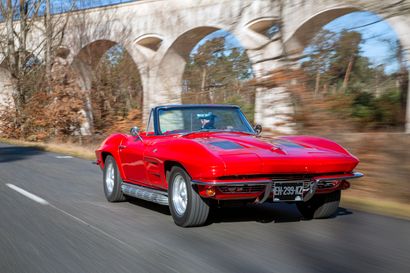
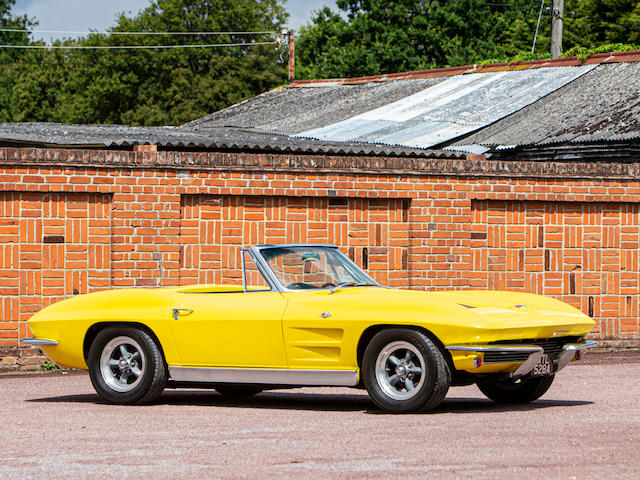
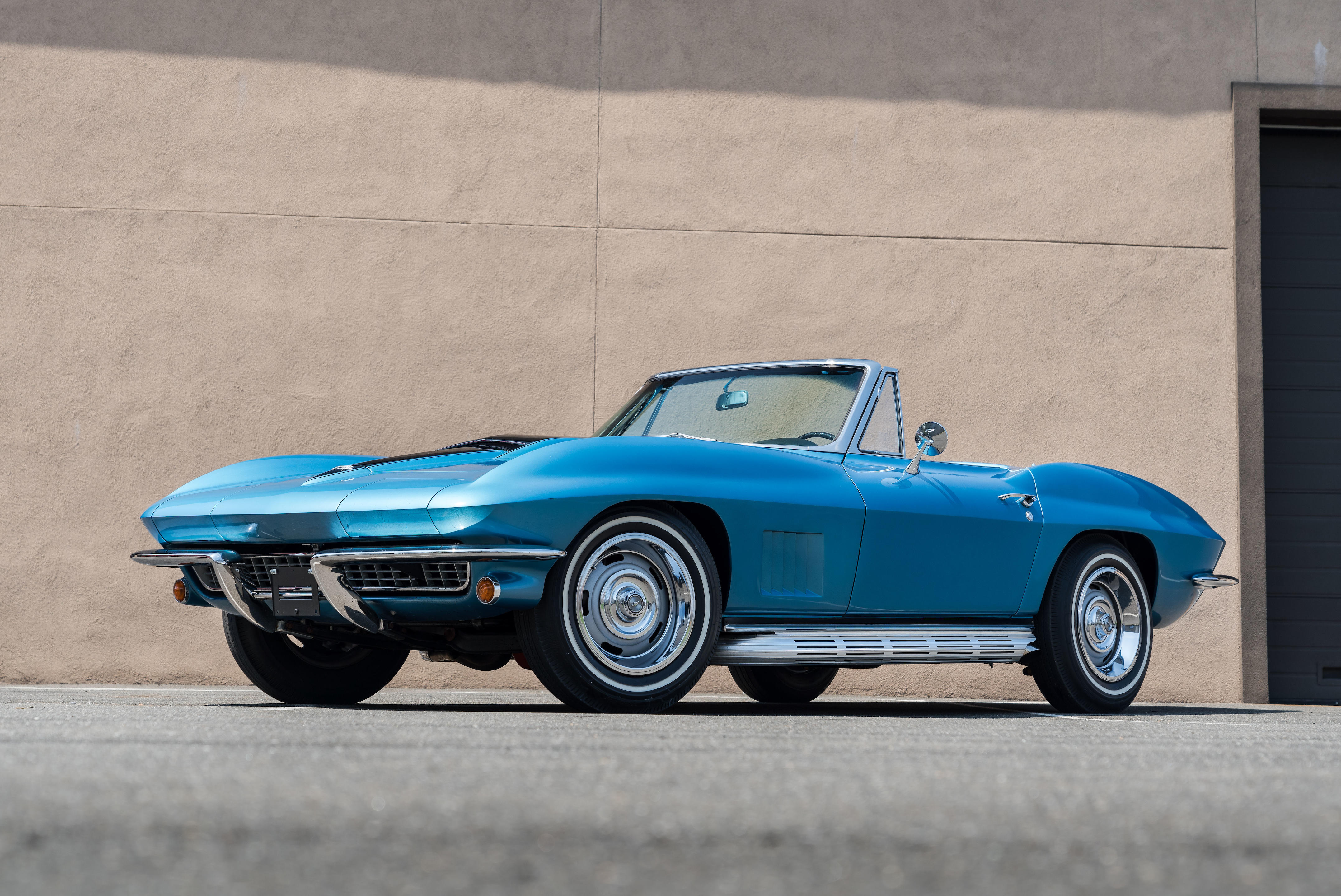
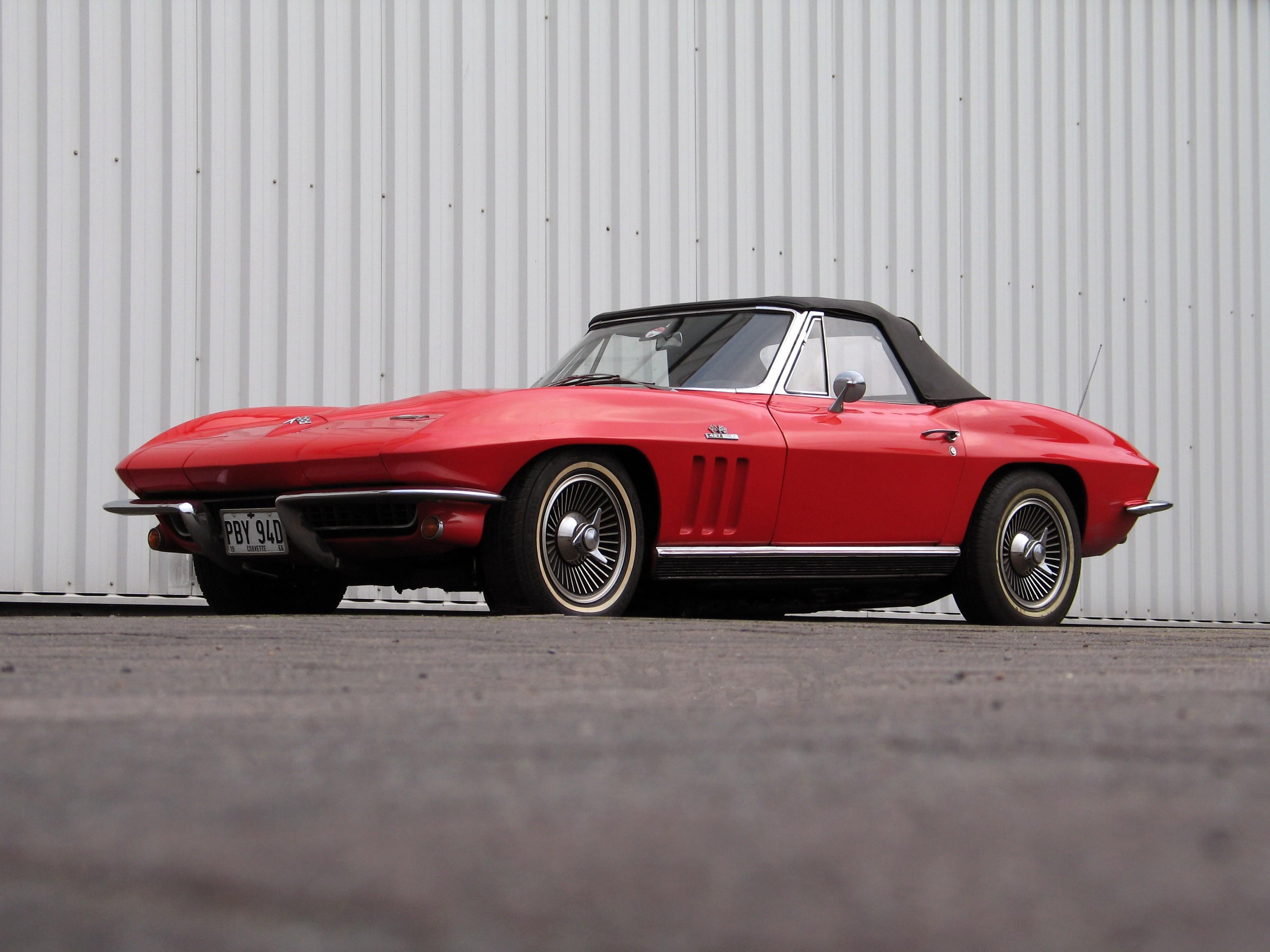
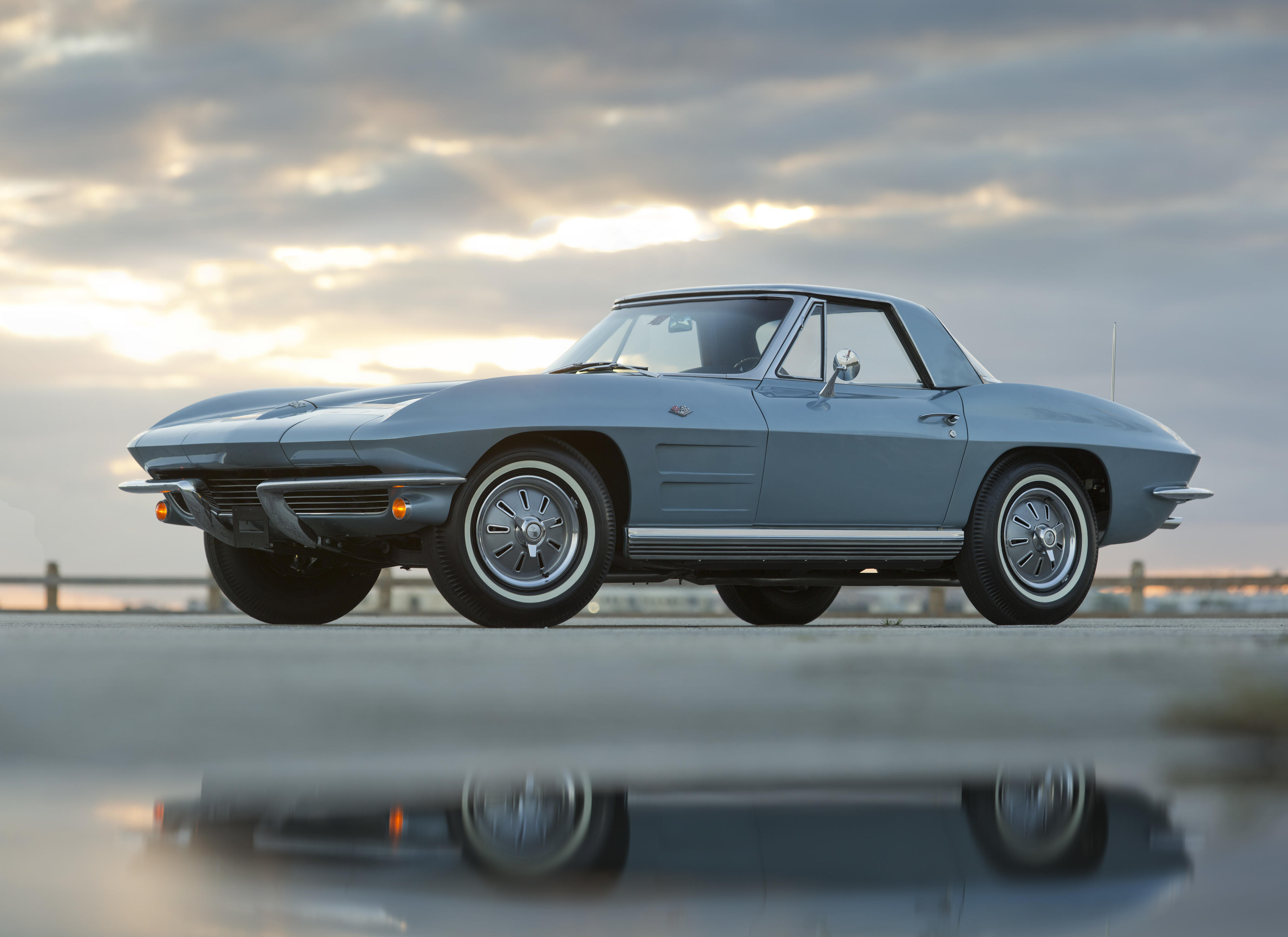


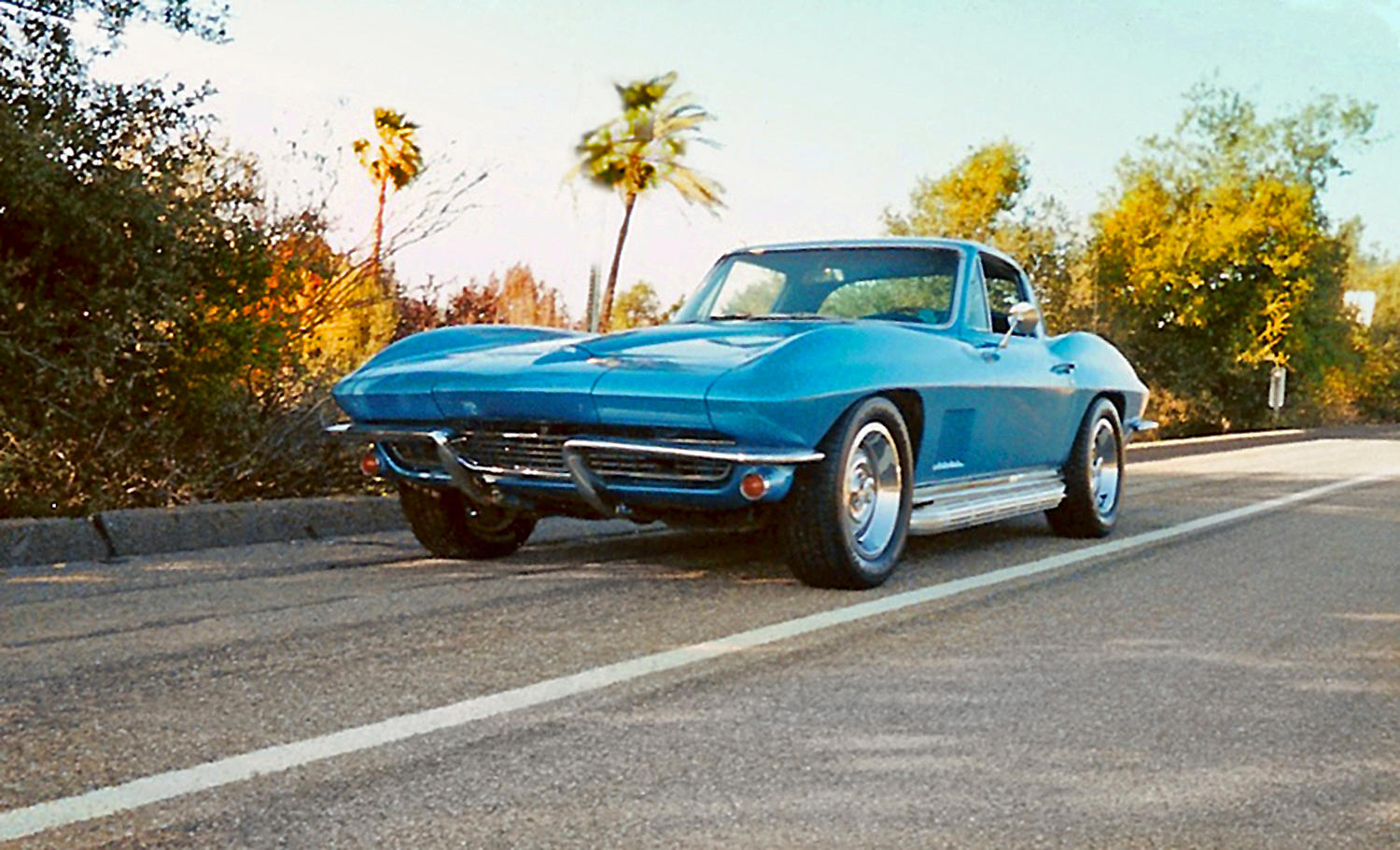
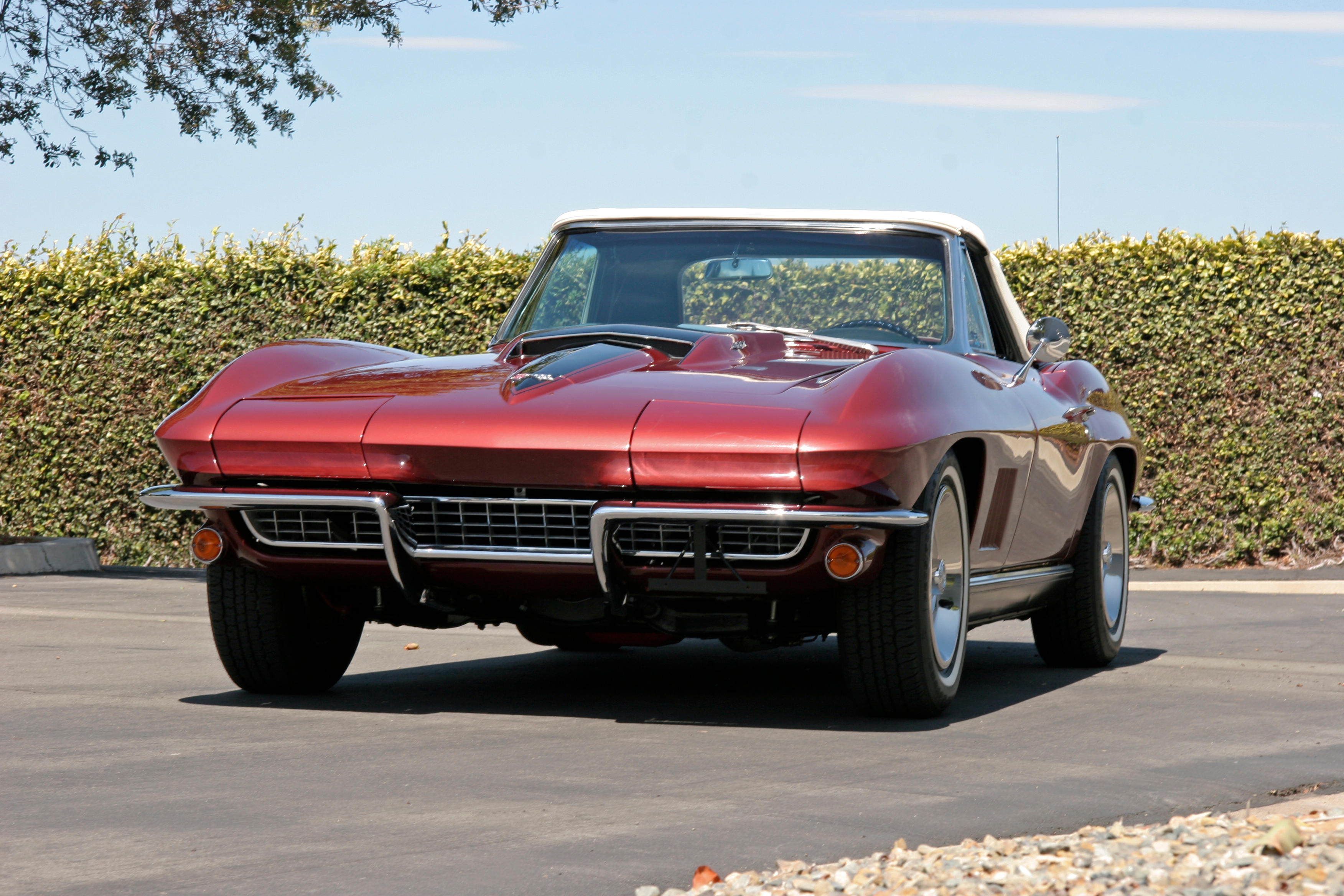
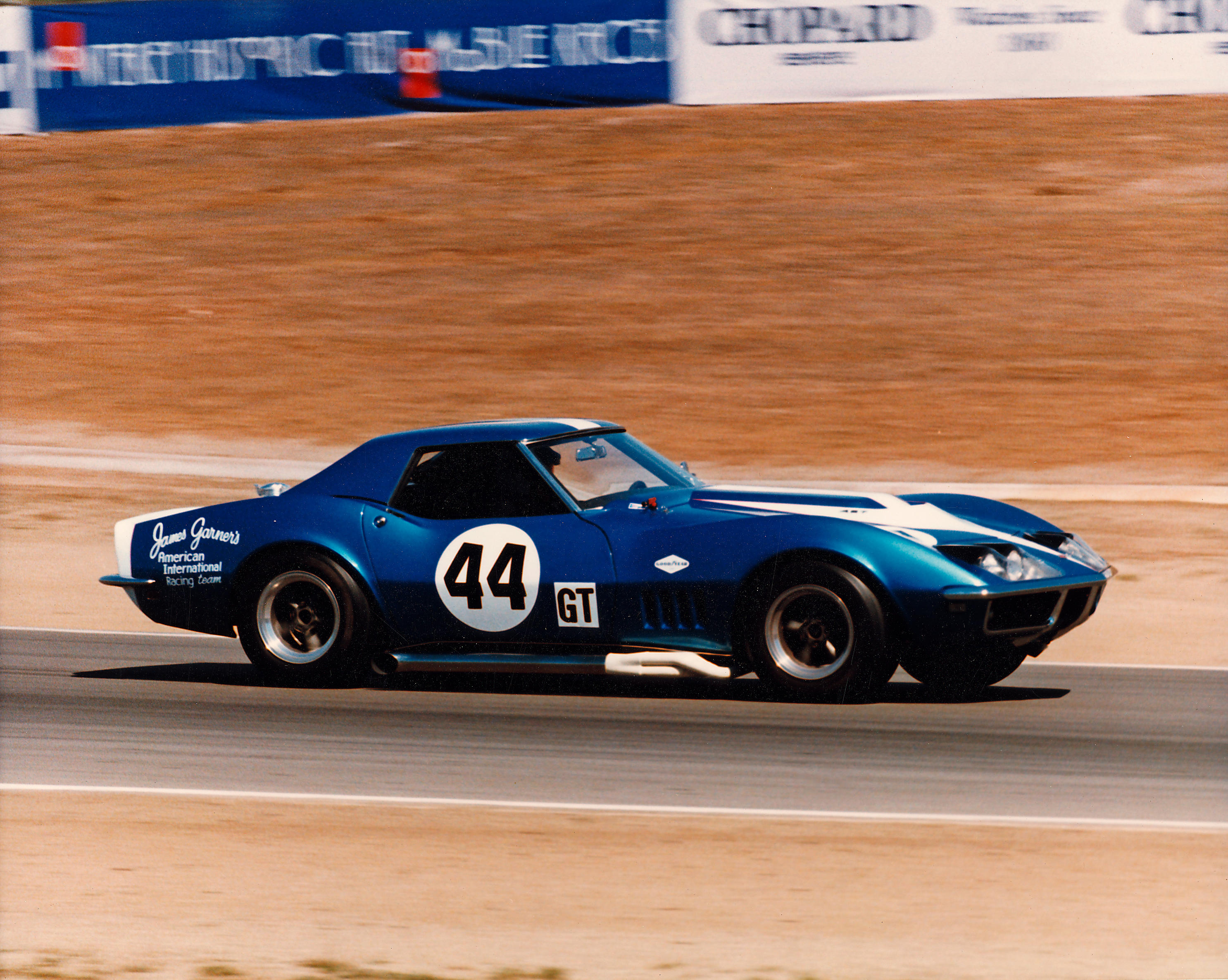

Testen Sie LotSearch und seine Premium-Features 7 Tage - ohne Kosten!
Lassen Sie sich automatisch über neue Objekte in kommenden Auktionen benachrichtigen.
Suchauftrag anlegen